Image Completion using Deep Convolutional Generative Adversarial Nets

Image inpainting refers to the task of filling up the missing or corrupted parts of an image.
A context aware image inpainting method should be capable of suggesting new and relevant content for completing an image.
This project aims to reconstruct missing information using a Deep Convolutional Generative Adversarial Network.
A contextual loss determines what kind of information is required to fill in for the missing content.
A perceptual loss is in place which plays the role of an adversary saying whether the new content looks like
what would be a good solution or not, as there can be multiple valid solutions given some context.
(Source)
Vincent: AI Artist
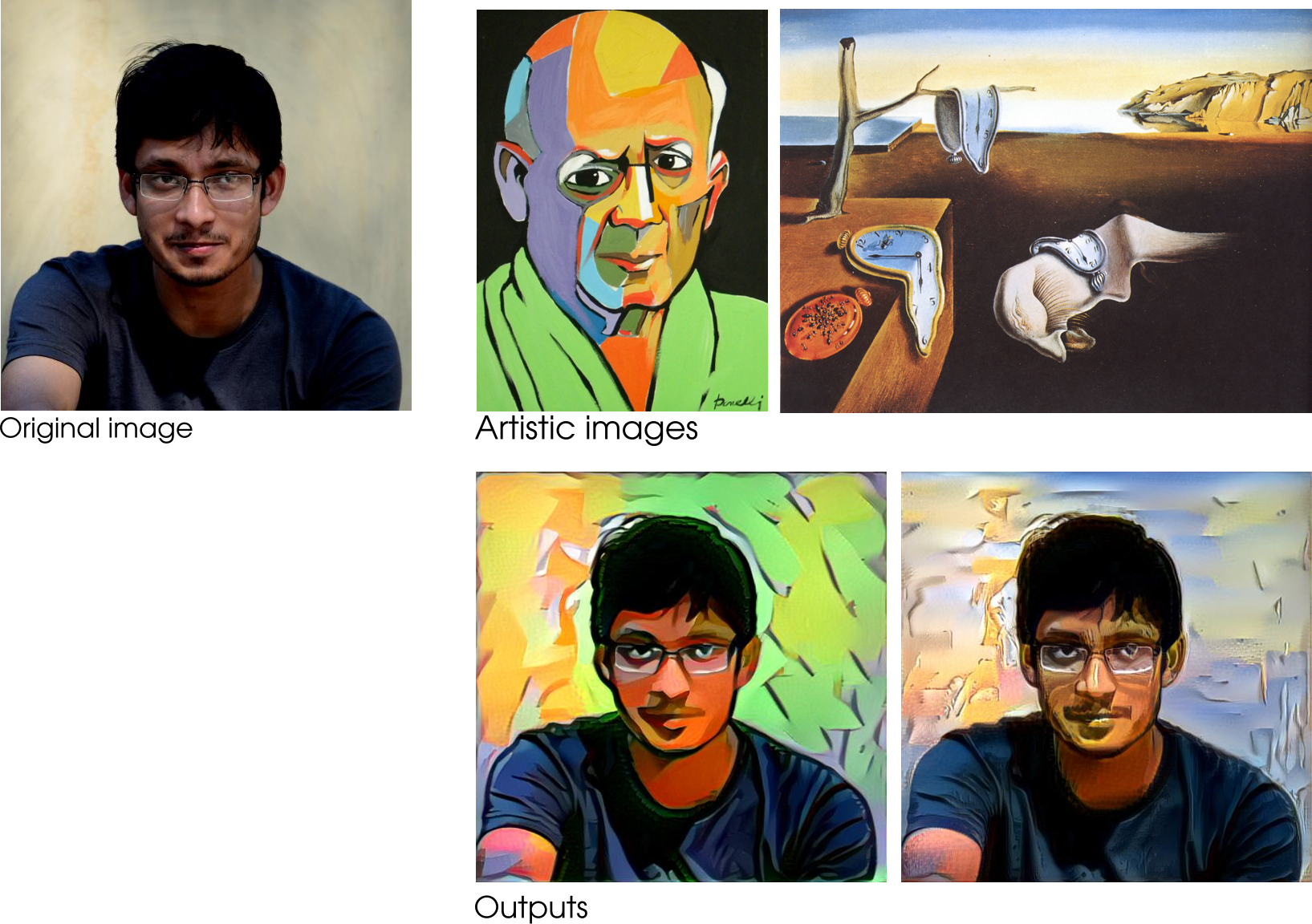
Style transfer is the technique of recomposing images in the style of other images. Vincent is an implementation of the popular neural-style paper.
(Source)
DeepDream
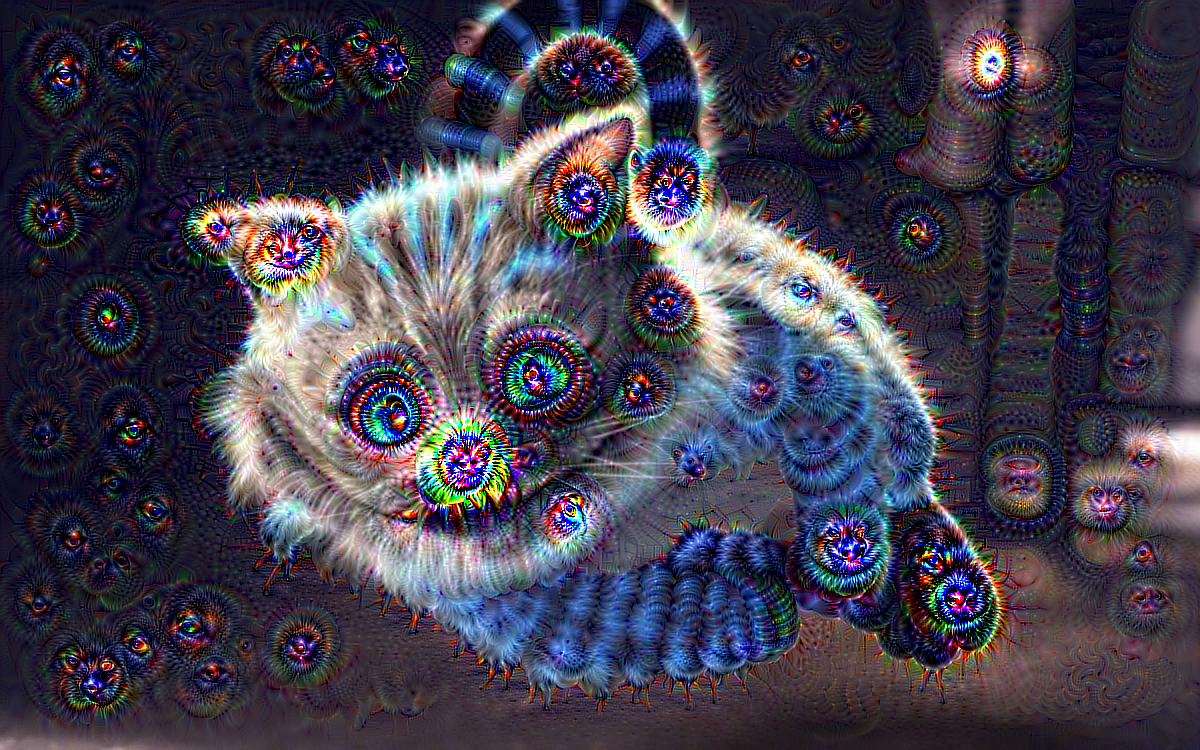
Baking my own Deep Dream. This is an implementation of the popular conv filter visualization technique known as
Inceptionism
introduced in Google Research Blog.
(Source)
Visualizing ConvNets
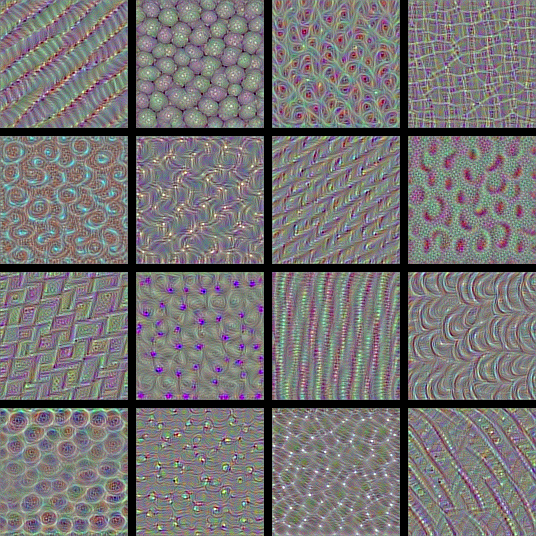
Visualizing ConvNet layers provide a deep Understanding of how neural networks see the world.
Maximizing the responses from conv filters give us a neat visualization of the convnet's modular-hierarchical
decomposition of its visual space. The first layers basically just encode direction and color.
These direction and color filters then get combined into basic grid and spot textures.
These textures gradually get combined into increasingly complex patterns.
The filters become more intricate as they start incorporating information from an increasingly larger spatial extent.
(Source)
TensorFlow-GAN
Generative Adversarial Nets using TensorFlow.
(Source)
CNN for Classifying Handwritten Digits.
CNN example for handwritten character recognition.
(Source)
Bag-of-Features Implementation in Octave
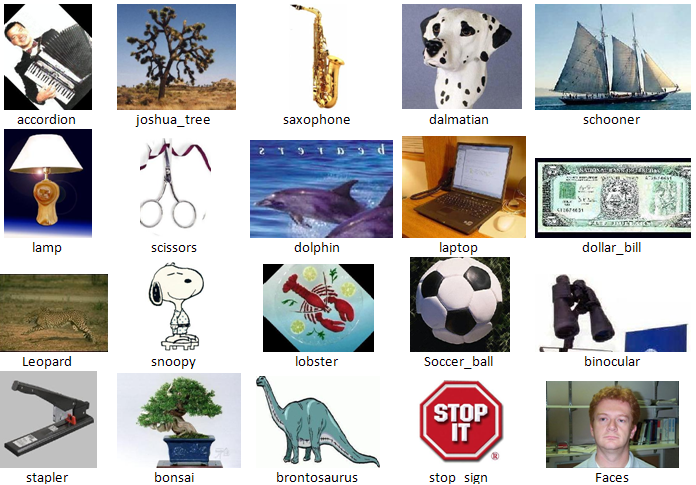
Image classification using the Bag-of-Features model.
Training images are represented using clustered and quantized Speeded-Up Robust Features (SURF).
Classification using K-Nearest Neighbor. Accuracy on 10 classes of Caltech101 is 76.67%.
Tested with GNU Octave (4.0.2).
(Source)
Older projects..
Wave: A Perceptive User Interface
A perceptive user interface based on real-time hand detection and tracking. Requires a webcam.
Useful for applications such as gesturebased point and click interfaces.
(Source)
Ishara: Mouse Control with Gesture
An interface for controlling mouse pointer using finger gestures. Requires a webcam.
Includes gestures for emulating click (left and right) and scroll using color markers.
(Source)
The Game of Life
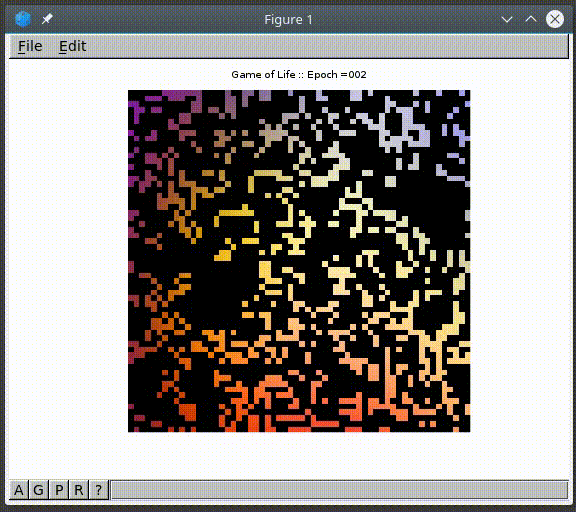
The 'Game of Life' is a 'cellular automaton', a simulation that shows how a simple beginning can give rise
to complex mechanisms. A concept first devised by British mathematician John Horton Conway.
(Source)
tinyOS
A tiny operating system written in C. Currently, it can only print colored text on a vga screen.
(Source)
Games I’ve build..
CrappyBird
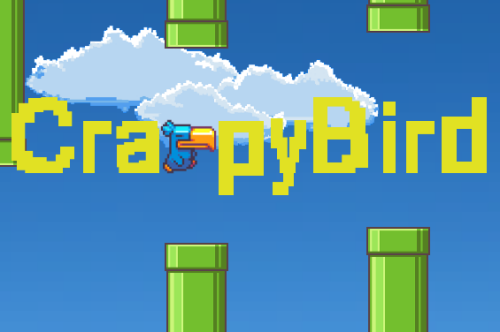
Yet another flappy bird clone!
Play it here.
Play it here.
(Source)